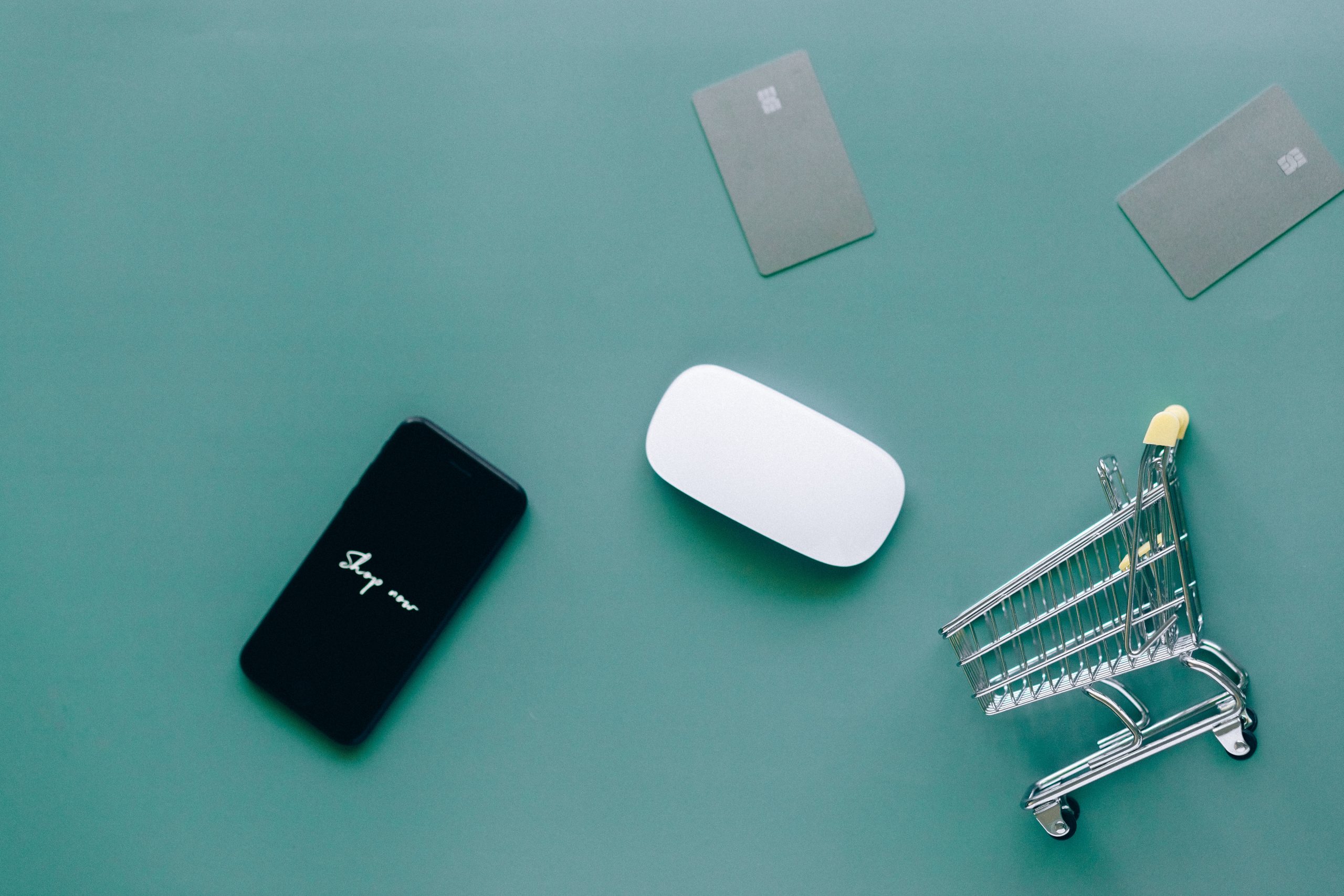
As a web developer I have always seen my role as the most important when building an e-commerce website but only when I have started running my own store I have realised that I was just a link in a long chain of experts and each role is very important to build not just a web presence but a store that converts visitors into customers.
Regardless of how great the UX is, the perfection of branding or the clean code of the website after launching your online store the next great step which will become an everyday job is going to be marketing and constant marketing.
There are a lot of ways to grow your online store from word-of-mouth, social media, friends, organic growth but sooner or later you will end up running paid ads and the difference will be visible from day one. Although the steps and the interface of Google Ads is really simple and easy to use unless you are a marketing professional enroll in the Google Ads course which will help you grow your business. I also recommend the course if you want to understand better the way your marketers are building your campaigns. It is a 3 hour course and it is easy to understand for everyone and at the end of the course you can test your knowledge and gain a certification. The course is free and available for anyone who register.
How can Google Ads help my online store
Google Ads can help your business in various ways and you can run campaigns that fit your goal. To help you grow your business, Google Ads is built around three principles: relevance, control, and results.
Drive sales: grow online, in-app, in store, email or phone sales
Get leads: you can grow your conversions by encouraging people to take actions
Increase traffic: the traffic doesn’t matter as long as it is not the right people visiting your website
Influence consideration: Google ads can help you by encouraging potential clients to discover your products.
Build awareness: maximize exposure
Promote your app: this will help by increase installs and interactions with your app
Google Ads campaign types
With Google ads you can run different types of campaigns on different platforms with different display formats which can help your business target a broader audience. The best part is that you can run them simultaneously: Search, Display, Video, Shopping and App.
Search
Search ads will show above the search results for a product or multiple products. It will have a small sign AD next to it and will be displayed along with other paid ads.
Display
This type of campaign is more dynamic and will show on millions of websites but only when matched with content related to your shop that might interest your potential customers.
Video
Videos ads will show before the streaming of video content on YouTube but also on other platforms like blogs which allow the video ads.
Shopping Ads
The shopping ads will show above the search results if the product matches the search query. Also, the products will be shown in the Shopping tab on the search results page of Google.
App
App campaigns run on search, google play, and youtube but also on apps, mobile sites, and partners. With this type of campaign, you can increase app installation, purchase, engagements, and so on.

Not sure which one fits your business? Use Smart campaigns are perfect for beginners. By adding your business goal, machine learning will deliver the results through different Google networks. It is a great start until you manage to build your personalized campaign.
Shopping Ads - a must have for all online stores
When running an online store I find it best to use Shopping Ads as it will display the products on the shopping tab but also above the search results. In order to run shopping ads, you will need to use two platforms: Merchant Center (to host your products via data feed) and Google Ads (to create campaigns using the product inventory).
Here’s how it works:

When running a shopping ads campaign make sure the image is high quality, the price and the title are also visible and match the product.
The best practice for your title structure is as follows: Brand + Product Type + Attributes. Limit the title to fewer than 150 characters.
Benefits of Shopping Ads
- Shoppers can view the product image, title, price, and rating before clicking on the product. It’s a great way to showcase your products.
- Higher chances to convert as they are better informed before opening the ad. The customers will click if they are interested in the product.
- By using the product attributes instead of keywords the ads will show on relevant searches. In Google Merchant you can create groups of products for the items you want to promote.
- It is possible for more than one ad to be displayed from the same merchant and in this way increase the reputation, credibility, and conversions.
- You can view the performing data product based which can help you understand better your customers and increase sales.
- You don’t have to upload each product manually to create an ad, but by using Google Merchant data feed where you upload or fetch automatic all your products you can select from your google ads account which product to promote to your customers.
Shopping campaigns & ads types
There are three types of shopping campaigns to choose from:
Performance Max campaign
Performance Max is the next generation of Smart Shopping campaigns, with additional inventory and formats that help you reach new customers.
This ensures that you are reaching valuable consumers while maximizing performance with Google Ads. Performance Max also uses the power of automation and machine learning to help you respond to dynamic shifts in consumer demand in real time.
You’ll then be able to invest where new conversion opportunities are — no matter which channel they’re on.
Standard shopping campaign
Standard Shopping campaigns give you more control by letting you manually set up your campaign, bidding, and product groups.
Smart shopping campaign
Smart Shopping campaigns help you optimize for your goals based on real-time signals across many Google platforms, including Google Search, Google Images, and YouTube, plus millions of sites and apps across the web.
Once you have selected the right shopping campaign you have two options on how to run your shopping ads:
Shopping campaign components
- Campaign goals. It is quite important to define your campaign goal so you can measure your expectations vs reality and see what you can improve in your campaign or data. There are different types of goals, which can be sales, leads, website traffic, and so on. Sales campaigns can lead to conversions, leads to newsletter signup or similar, and website traffic for exposure to your website and products.
- Campaign types. There are three types of campaigns: Smart Shopping, Standard shopping campaign, and Performance Max.
- Product data and types. Shopping ads are based on product attributes instead of keywords. Product groups are used to mention which are the products you want to advertise in each campaign.
- Location. You can select in which country, city, or state you want to advertise your products which can really help you reach the right audience.
- Daily budget. The daily budget is flexible. You can start with something low which makes your spending comfortable and can change it anytime.
- Bid strategy. There are different ways to use shopping campaigns through bid strategy: Maximize Conversion Value, Target Return on Ad Spend (tROAS), Enhanced CPC, Maximize Clicks, Manual Max CPC
How to create your first Smart Shopping campaign

Useful resources
Got a project?
Let’s talk.
We’re a team of creatives who are excited about unique ideas and help fin-tech companies to create amazing identity by crafting top-notch UI/UX.




